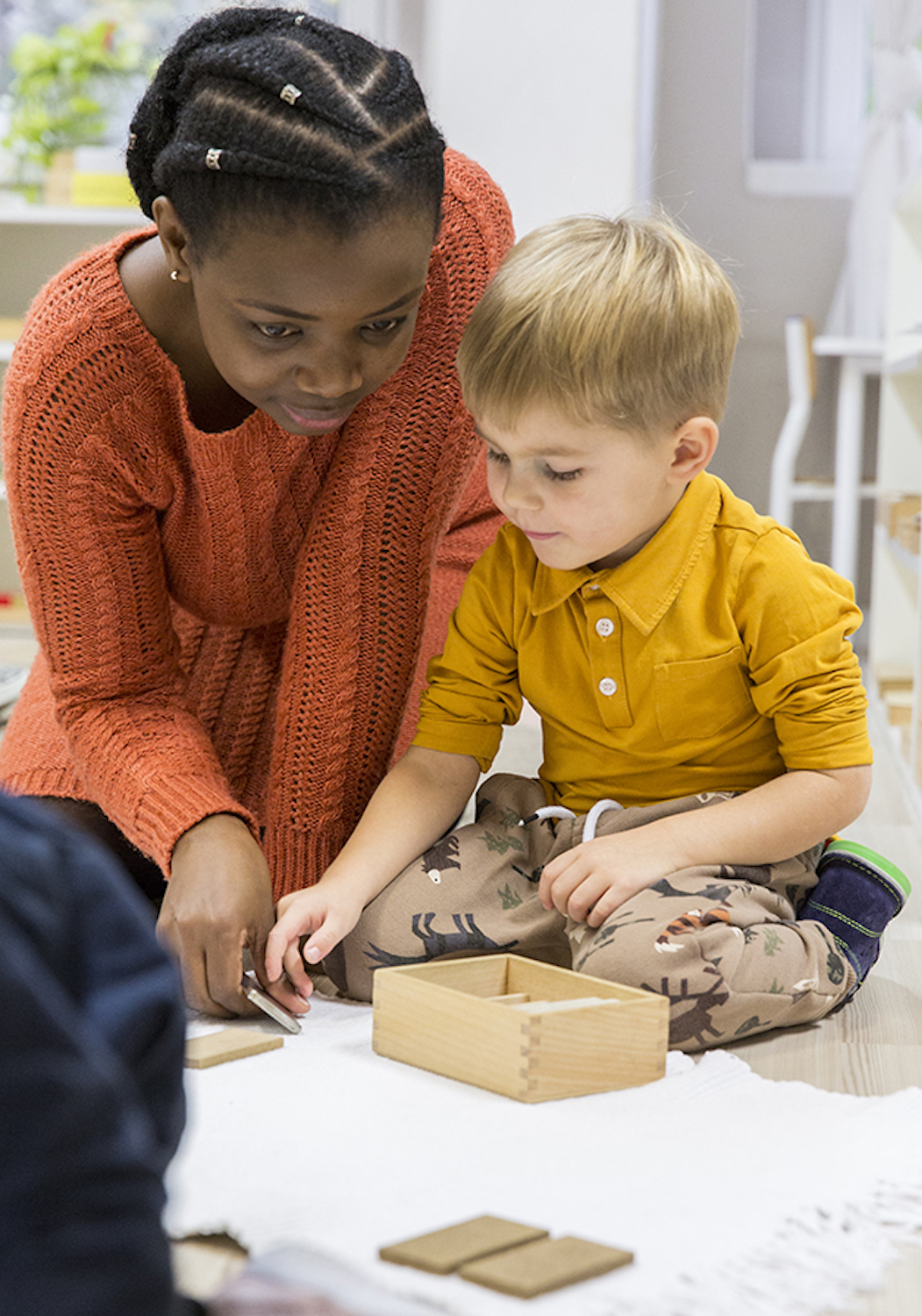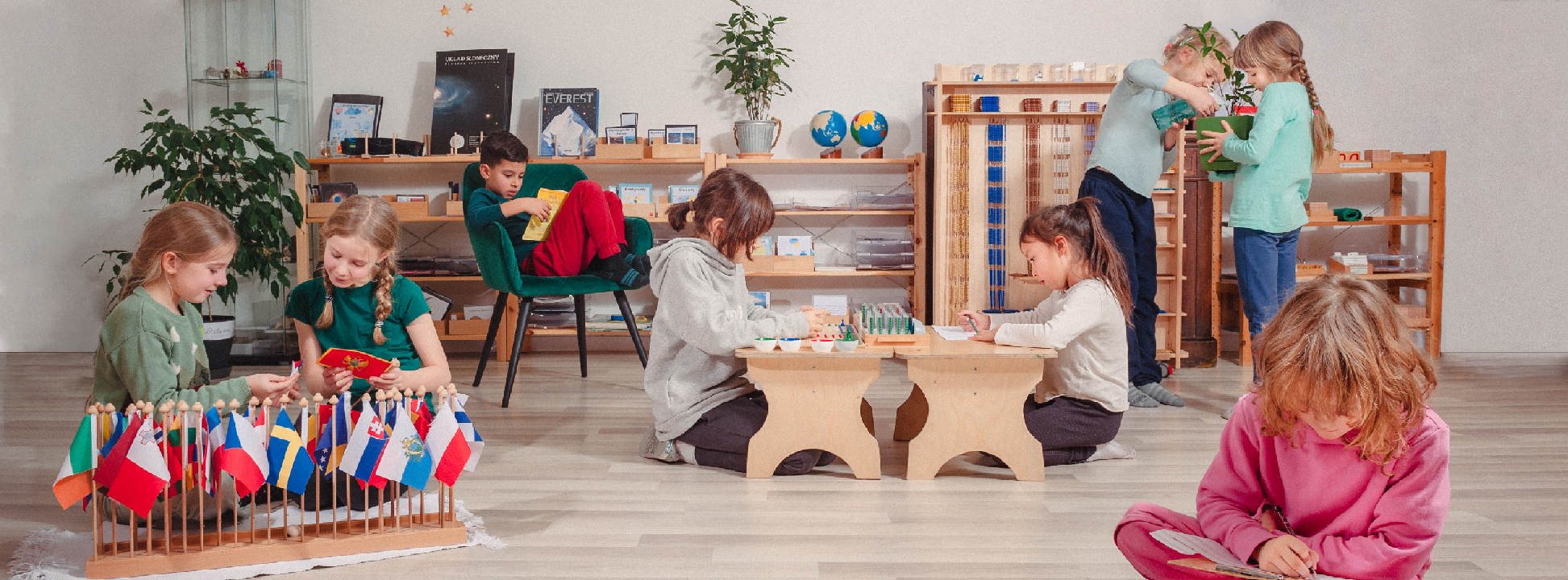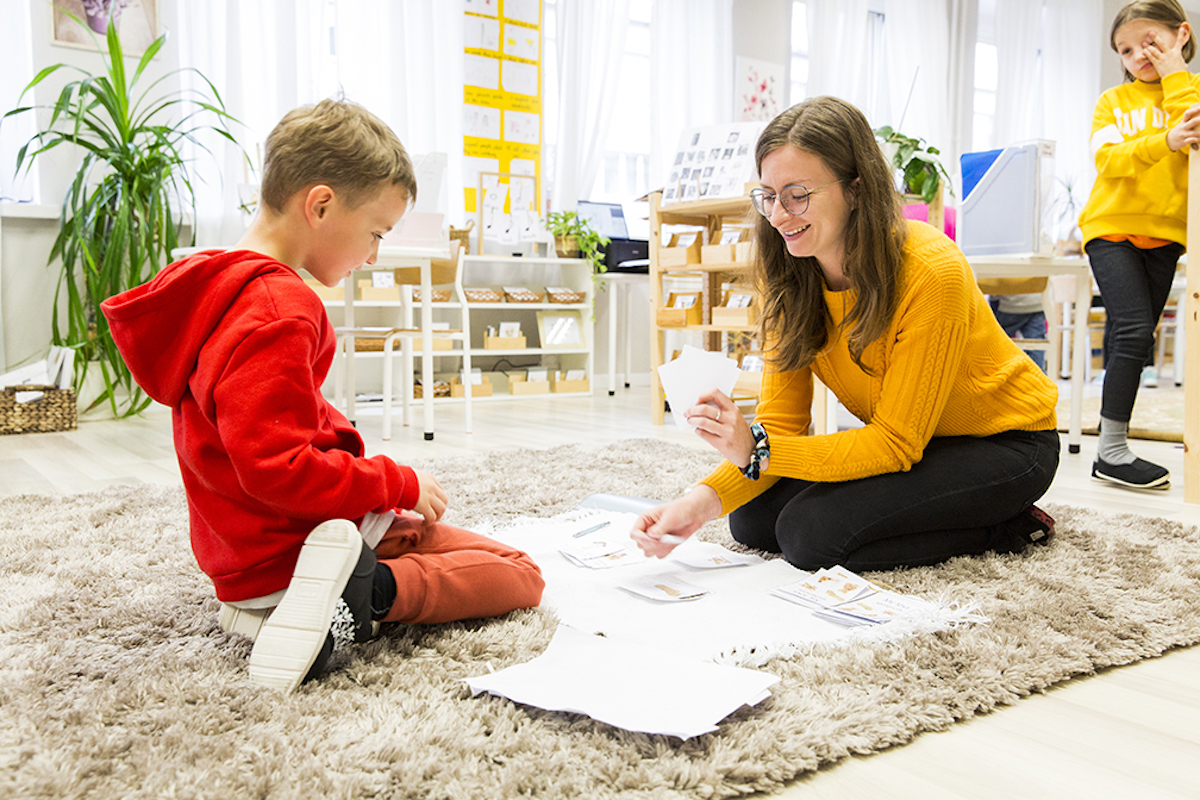
Openings for children 2 to 18 years old
Come see us for yourself! Please fill out the form below to learn more
What is the Cambridge educational
programme?
The Cambridge educational programme has been recognized worldwide for 150 years and the programme has been implemented in more than 160 countries. The Cambridge International Curriculum is a flexible, challenging and inspiring, culturally sensitive program for students around the world. It sets a global standard for education and is recognized by universities and employers around the world. Cambridge students develop an informed curiosity and an abiding passion for learning. They also acquire the essential skills needed to succeed at university and in future careers.
Who is the Cambridge programme for?
✅Preschool – the first year of the Cambridge programme (Year 1 or Stage 1) is for 5-year-old children, which is the final year of our preschool programme.
✅Elementary school – the full Cambridge Primary programme is a 6-year programme designed for children who are in the last year of the preschool programme at EMS, then in elementary school until the end of 5th grade.
In the vicinity of the school there are parking spaces. The premises of the facility are currently 1500 m2 of recently renovated space, arranged in harmonious, bright colors that are conducive to the well-being and education of children.
“Imagine a place where your child is always greeted warmly and made to feel welcome with a parent-communication experience that keeps you informed and confident that your child has fallen in love with learning.”
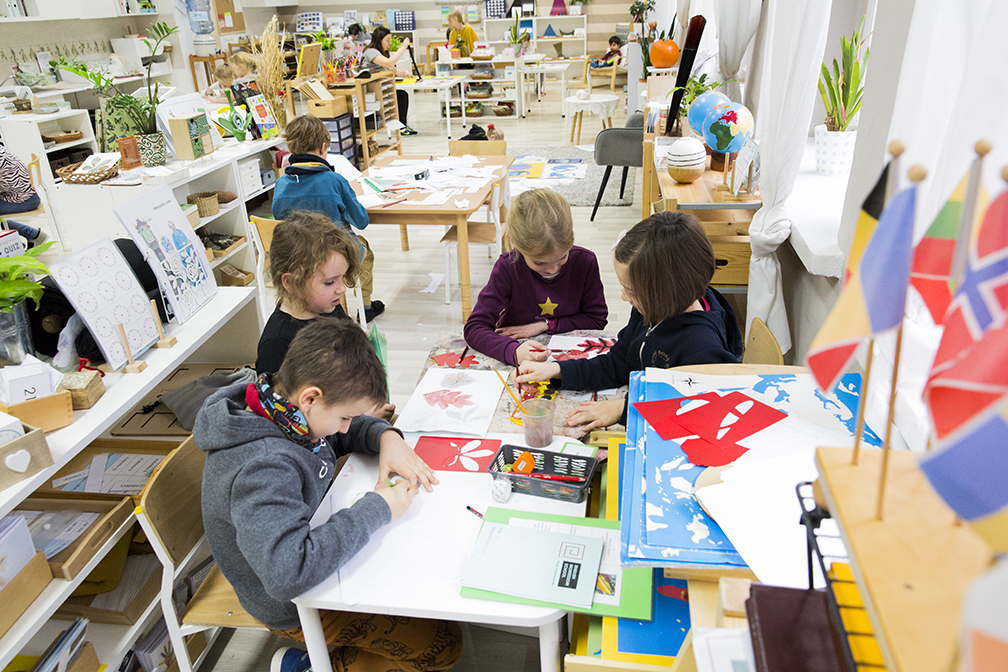
What makes us special?
✅ Love and care for children
✅ An atmosphere of respect and safety
✅ We want each child to thrive in their development
✅ An emphasis on cooperation, not competition
✅ We ensure daily contact with English with our team of full-time native speaker teachers
✅ Central location with parking spaces
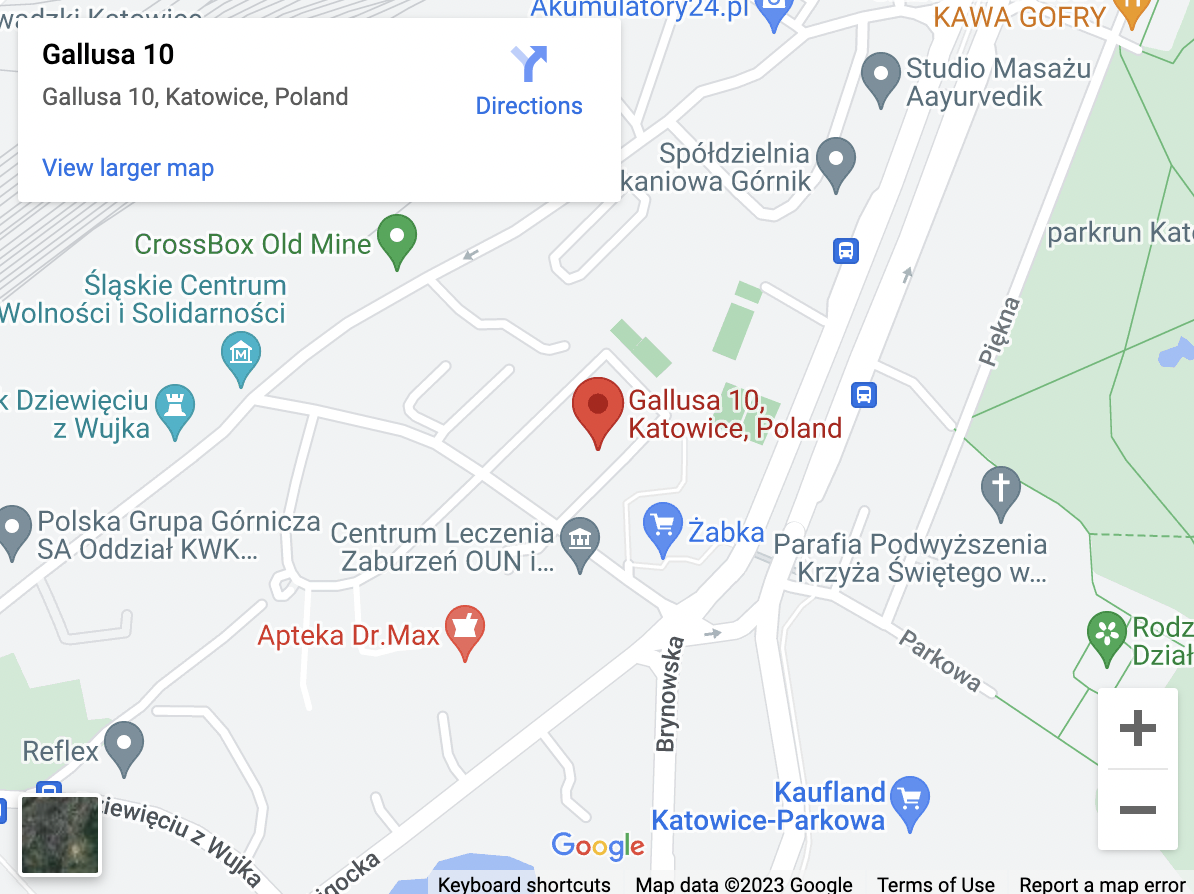
What is the Montessori method?
The world-renowned Montessori Method provides an environment specially designed for optimal development of the child through hands-on learning and an individualised approach. Children learn in mixed-age classrooms which encourages cooperation as well as developing empathy and leadership skills. The Montessori approach is scientifically proven as being effective in terms of academic results as well as developing the child holistically, including areas such as executive functioning, social skills and problem-solving ability.
Opinie rodziców
“An extraordinary place that we have been lucky enough to be a part of for a short time. A school unlike any other – open, inclusive, empathetic. Passionate people, eager to accompany children on the beautiful adventure that learning can be. An unconventional approach awakens children’s enthusiasm and helps to instil in them a curiosity about the world. Lots of extra-curricular activities – trips that are part of the current learning phase, training sessions, workshops for children/parents, time spent outside whatever the weather is like. And all this in an atmosphere of complete acceptance and affection for these young people. No shouting, no scaring, no shaming – a huge amount of work put into preparing the staff and clear standards of the establishment.”

LEON’S MOTHER
“This is a place that really cares about children’s development and offers them a solid educational foundation. I would recommend this school to all parents looking for a place where education goes hand in hand with the joy of learning and an individual approach to each student.”

ZUZANNA

